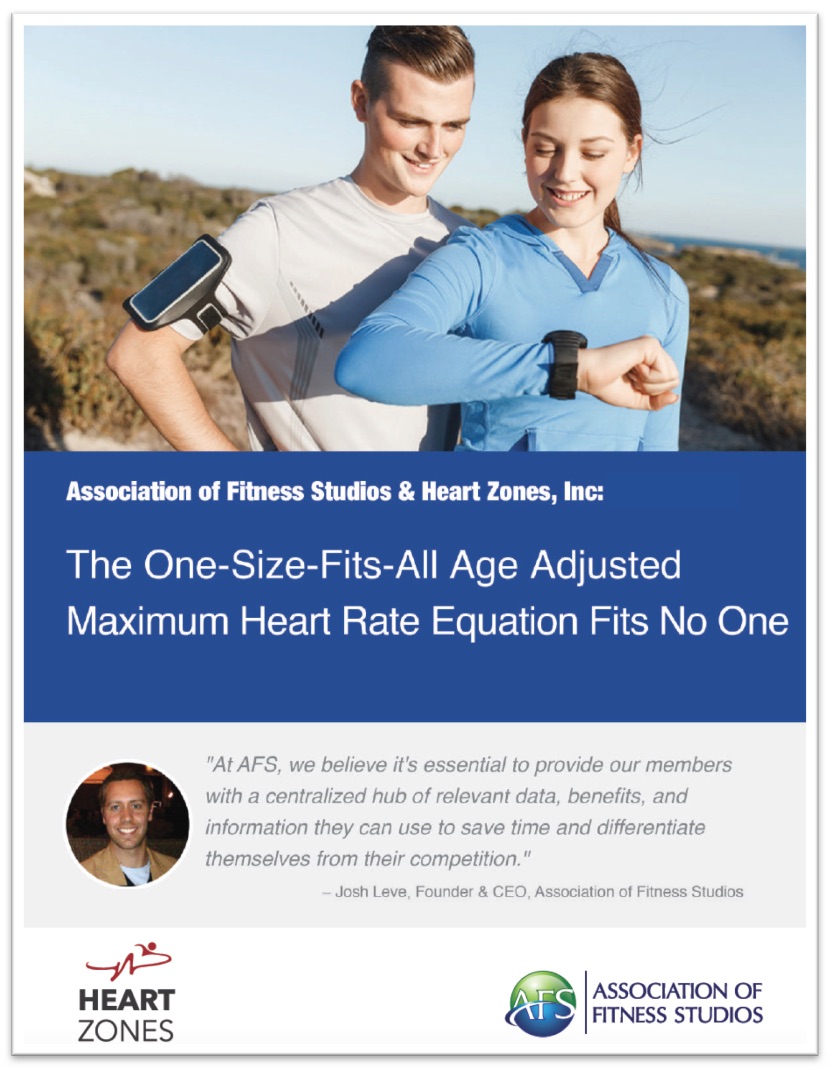
The 220-minus-age equation regularly used to estimate an individual’s maximum heart rate (MHR) is invalid for this purpose. The equation, first published in 1970 from data with large variance, disregards the range of individual differences.
MHR in healthy adult individuals can be as low as 150 beats-per-minute (BPM) and as high as 230 BPM. Because of this large variance, group data averaged to a mean cannot be used to predict the MHR of individuals with reasonable accuracy.
What you'll learn...
- Why you need to know individual MHR
- The right way MHR is determined and how to apply it
- Where the MHR equals 220-minus-age equation originated
- Why some individuals have a higher MHR than others the same age
- What can be done to change the practice of using the 220 equation
